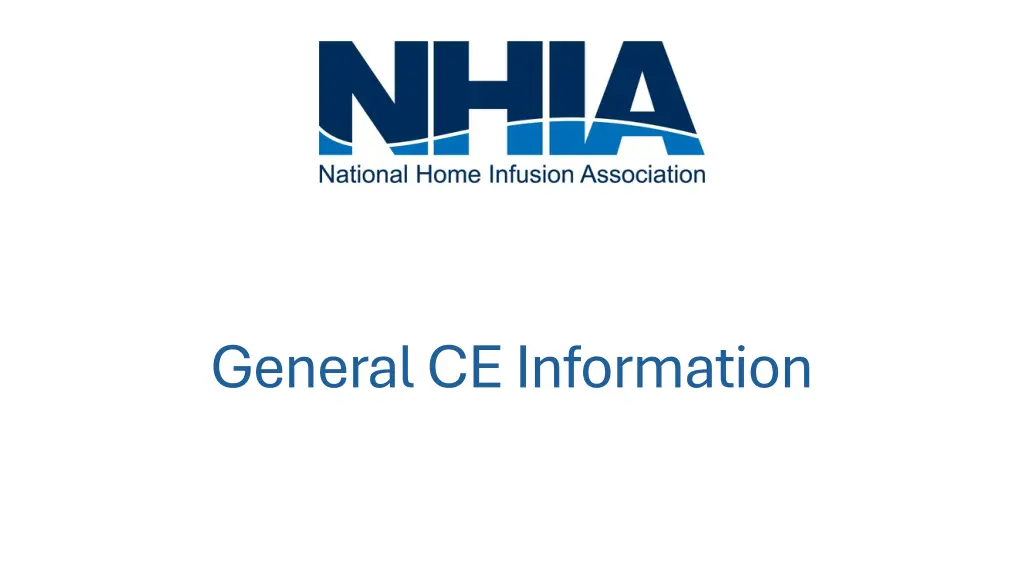
Understanding Bariatric Surgery Procedures and Nutritional Support
Explore the prevalence of obesity, different bariatric surgical procedures, complications, and nutrition support strategies post-surgery in this accredited continuing education activity for healthcare professionals.
Download Presentation

Please find below an Image/Link to download the presentation.
The content on the website is provided AS IS for your information and personal use only. It may not be sold, licensed, or shared on other websites without obtaining consent from the author. If you encounter any issues during the download, it is possible that the publisher has removed the file from their server.
You are allowed to download the files provided on this website for personal or commercial use, subject to the condition that they are used lawfully. All files are the property of their respective owners.
The content on the website is provided AS IS for your information and personal use only. It may not be sold, licensed, or shared on other websites without obtaining consent from the author.
E N D
Presentation Transcript
Accreditation Statement In support of improving patient care, the National Home Infusion Association (NHIA) is jointly accredited by the Accreditation Council for Continuing Medical Education (ACCME), the Accreditation Council for Pharmacy Education (ACPE), and the American Nurses Credentialing Center (ANCC), to provide continuing education for the healthcare team.
Credit Designations This activity was planned by and for the healthcare team, and learners will receive 1.0 Interprofessional Continuing Education (IPCE) credit for learning and change.
Overview, Target Audience, and Learning Objectives PURPOSE PURPOSE: The purpose of this CE activity is: The prevalence of obesity has been steadily increasing, with a 28% rise worldwide in adults between 1980 and 2013. In the U.S., over one-third of adults are classified as obese, and projections suggest that up to 50% of the population may be obese by 2030. For individuals who are unable to achieve or sustain weight loss through other interventions, bariatric surgery (BS) is a viable option, particularly for those with a BMI of 40 kg/m or a BMI of 35 39.9 kg/m with at least one serious comorbidity. However, these procedures can lead to complications that may require specialized nutrition support during recovery. This article provides pharmacists, pharmacy technicians, nurses, and dietitians, with an overview of various bariatric surgical procedures, their mechanisms for achieving weight loss, and the potential complications that may compromise nutritional status. It also reviews the indications for nutrition support following BS, along with patient assessment strategiesand considerations for developing an effective care plan. TARGET AUDIENCE TARGET AUDIENCE: The professional audience for which this CE activity has been designed includes Pharmacists, Pharmacy Technicians, Nurses, and Dietitians. LEARNING OBJECTIVES LEARNING OBJECTIVES: The learning objectives for this activity are as follows: Differentiate between the different bariatric surgical procedures and how each works to effect weight loss. Understand the possible complications associated with bariatric surgical procedures and how they may affect a patient's ability to take in and/or absorb nutrients. List the conditions under which it is appropriate to consider parenteral nutrition (PN) in bariatric surgery patients. List the considerations for clinicians when creating a PN care plan for post-bariatric surgical patients.
Disclosure of Relevant Financial Relationships As an accredited provider of continuing education for the healthcare team, NHIA collects disclosure of financial relationships with all ineligible companies, which include manufacturers of drugs, medical equipment, and other products related to patient care. All relevant financial relationships have been mitigated prior to the start of this activity.
Disclosure of Relevant Financial Relationships (continued) The following are the relevant financial relationships from planners, faculty, reviewers, or other persons that affect the content of this activity: All persons who affect the content of this webinar have reported no relevant financial relationships.
